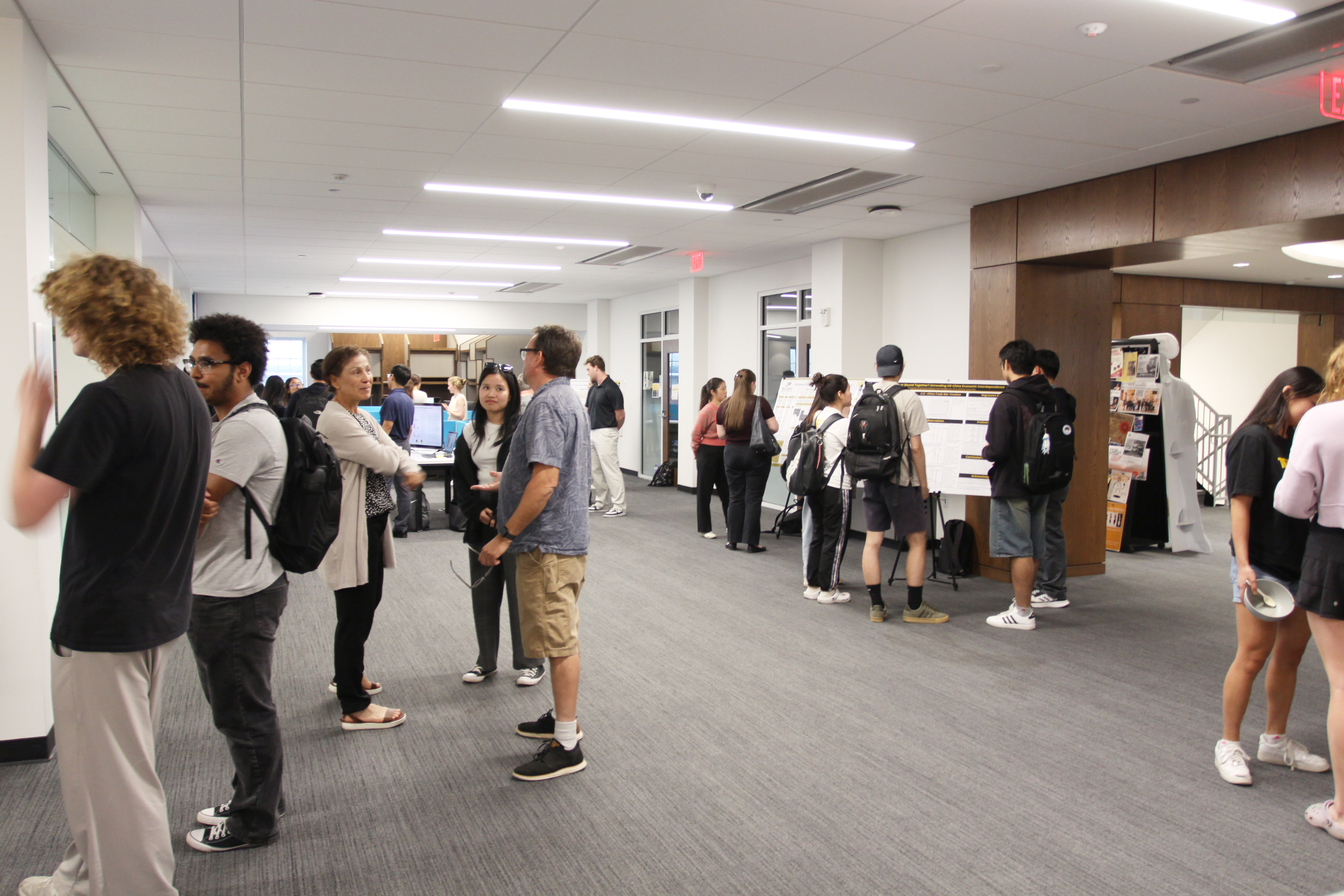
Files
Download Full Text (3.7 MB)
Document Type
Poster
Publication Date
Fall 2024
Abstract
Traumatic brain injury (TBI) affects more than 2 million Americans each year. S100β protein acts as a biomarker for TBI– studies have shown that micromolar levels of S100β are dangerous to neuronal health. Our plan for the summer was to experiment with whether miRNA-4705 could inhibit the production of S100β or not. To get started on the transfection, we had two hurdles to overcome. One of them was to find an efficient s100B primary antibody and the second was to ensure our s100B siRNA worked. By analyzing various research papers and their western blot, we identified and selected two s100B primary antibodies. Our study investigated the ability of two S100β siRNA - used to confirm successful transfection of RNA into the selected cell lines - to silence the S100β genes in two cell lines: A-375 and SK-MEL-28. These cells were cultured and plated in 24-well plates. Each plate had 6 conditions: mock (transfection agent RNAiMAX and media), untreated (just media), negative control siRNA (not expected to reduce S100B levels), beta-actin siRNA (A positive control for transfection), S100β-1 siRNA, and S100β-2 siRNA. After 72 hours of incubation, the cells were lysed for the purpose of running a gel electrophoresis and Western blot. Our Western blots showed varying results, though we determined that A-375 cells do not produce enough endogenous S100β protein to be detectable, while SK-MEL-25 does produce S100β protein above levels of detection. Furthermore, we found that S100β siRNA-1 can be used to effectively silence the S100β genes. This will allow us to use S100β siRNA as a positive control for future research with miR-3705. Further research is required to determine whether miR-3705 effectively suppresses the S100β protein. We plan to continue work with the SK-MEL-25 cells and culture a new cell line called C6.
Recommended Citation
Hommel, Nev '26; Pokharel, Ayusha '27; and Chopra, Nipun, "Comparison of S100β Expression in SK-MEL-25 and A-375" (2024). Annual Student Research Poster Session. 159.
https://scholarship.depauw.edu/srfposters/159



Funding and Acknowledgements
Funding was provided by the Asher Fund for Student Faculty Research and Dr. Chopra's startup funding provided by Academic Affairs.